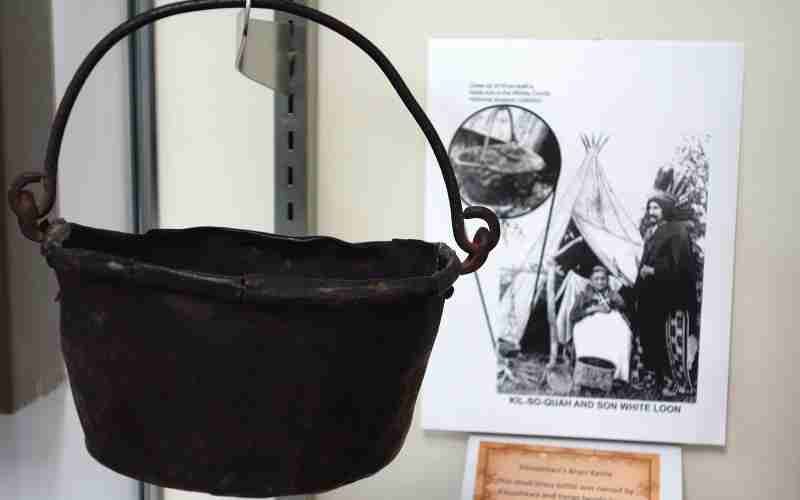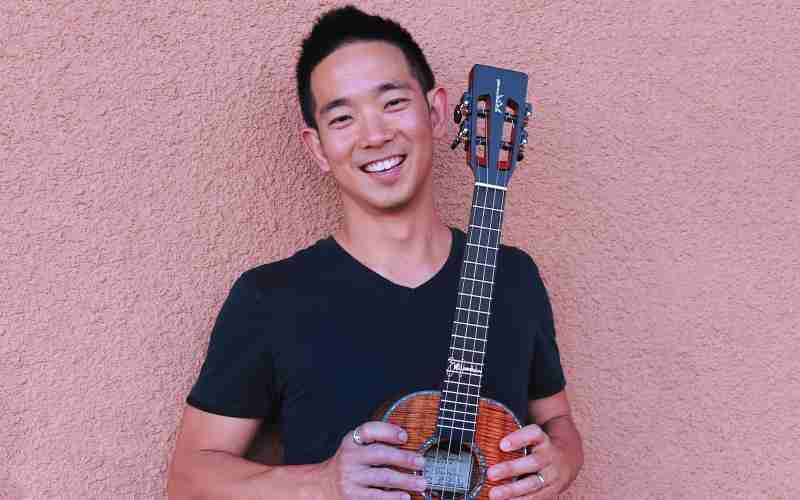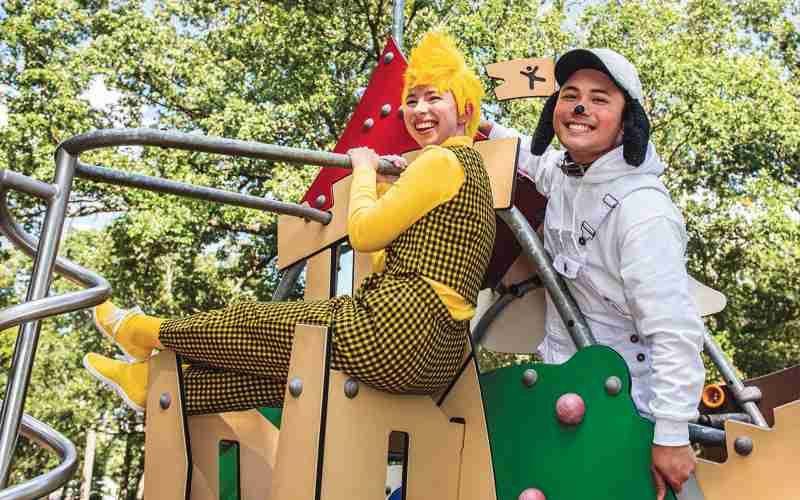It’s a tragic story of suffering and exile, yet it’s one of persistence and resilience. Oct. 6 marks the 175th anniversary of the U.S. Army forcing half of the Miami Tribe members in Indiana to leave their homeland for removal to the West.
According to Diane Hunter, tribal historic preservation officer for the federally recognized Miami Tribe of Oklahoma, their journey to what became eastern Kansas took a month. Seven Miamis, including an infant, died on the way. About 30 more Miamis died before the end of the year as they faced winter in unfamiliar terrain.
Hunter will share more about the Miami Tribe before removal, during the journey, and today in a presentation at 4 p.m. Wednesday, Oct. 6, at the Whitley County Historical Museum in Columbia City. She leads off a lecture series accompanying the museum’s “Our Forced Removal” exhibit, which has its grand opening at 3 p.m. on Oct. 6.
The Miami removal will also be remembered with an exhibit from Oct. 1-30 at the Catholic Diocese of Fort Wayne-South Bend’s Diocesan Museum in downtown Fort Wayne.
The History
The Miami people, who are known as Myaamiaki in their language, have lived in what is now northern Indiana since long before the first French explorers, fur trappers, and missionaries encountered them in the 1600s.
The movement of white settlers to this area led to battles in the late 1700s and early 1800s between the U.S. Army and the Miamis and other Great Lakes tribes. Through a series of treaties signed over the years, the Miamis gradually relinquished land to the U.S. government. According to the Miami Tribe of Oklahoma via miamination.com, one treaty provision also required about half of the 600 Miamis in Indiana to move west of the Mississippi River.
The Miamis delayed their removal until fall 1846. Then the U.S. government sent a small group of Army soldiers to round up Miamis scheduled to move and to ship them west, Hunter said. Some Miamis had to move again about 20 years later to the tribe’s current land in northeast Oklahoma.
Hunter has pieced together details about the 1846 removal from primary sources such as letters written by the Miami National Council of tribal leaders and by Joseph Sinclair, the removal agent who oversaw the trip.
Whitley County Historical Museum
“We are looking to tell the story of the Miami people, focused on removal,” said Dani Tippmann, director of the Whitley County Historical Museum and a Miami Tribe member.
Displays include donations from the Eiteljorg Museum in Indianapolis, such as a wigwam and interactive stations involving maps and language concepts, Tippmann said. Children can crawl in and sit in the wigwam. Visitors can try creating patterns using Miami ribbon work and learn about treaties between the Miamis and U.S. government.
The exhibit’s lecture topics include:
Oct. 6 at 4 p.m.: Diane Hunter, tribal historic preservation officer for the Miami Tribe of Oklahoma, “Miami People: A Living People with a Past.”
Oct. 13 at 4 p.m.: George Ironstrack, assistant director of the Myaamia Center at Miami University in Oxford, Ohio, “Picking up the Threads of our Knowledge: The Impact of Forced Removal on the Revitalization of Myaamia Language and Culture.”
Oct. 16 at 1 p.m.: Katrina Mitten, a Miami tribe member and noted artist, “Art and Assimilation: The Effect of Removal on Those Allowed to Remain.”
Nov. 3 at 4 p.m.: Todd Maxwell Pelfrey, executive director of The History Center in Fort Wayne, “Mainsprings of the Wildcat: The Making of Chief Jean Baptiste de Richardville.”
Nov. 17 at 4 p.m.: Doug Peconge, community programming manager for the Miami Tribe of Oklahoma, “Myaamia Lacrosse.”
Nov. 24 at 4 p.m.: Dani Tippmann, a Miami member and the museum’s director, “Myaamia Plant Traditions.”
The museum hopes to livestream lectures for people who can’t attend.
Diocesan Museum
Exhibit highlights include the desk of Father Julian Benoit, a French-born Catholic priest assigned in 1840 to serve the Fort Wayne area. Benoit, who became a friend of the Miamis, wrote letters frequently to church and other officials. According to Hunter, in a letter written to the U.S. government, Benoit objects to possible use of military force to remove the Miamis.
The museum’s exhibit also includes a biography booklet on Father Benoit published in 1885, the year he died, and an elk antler pipe local Miamis gave to the diocese’s previous leader, the late Bishop John M. D’Arcy.
Museum Director Kathryn Imler said the exhibit allows the diocese to acknowledge the Miami removal anniversary in a more-extended way than the Mass current Bishop Kevin C. Rhoades will celebrate with Miamis at 5 p.m. Saturday, Oct. 2, at the Cathedral of the Immaculate Conception.
With the museum located on the Cathedral grounds, Imler also believes it is important to honor the Miamis’ connection to that land. It holds spiritual significance for them and formerly contained a cemetery where they buried their dead.
Imler views the removal exhibit as a step toward a larger display about the history of Native Americans and the diocese. This is the only Indiana diocese where two sovereign Native American nations — the Miami Tribe of Oklahoma and the Pokagon Band of Potawatomi — own property and have an official tribal presence.
 Submit Your Event
Submit Your Event



